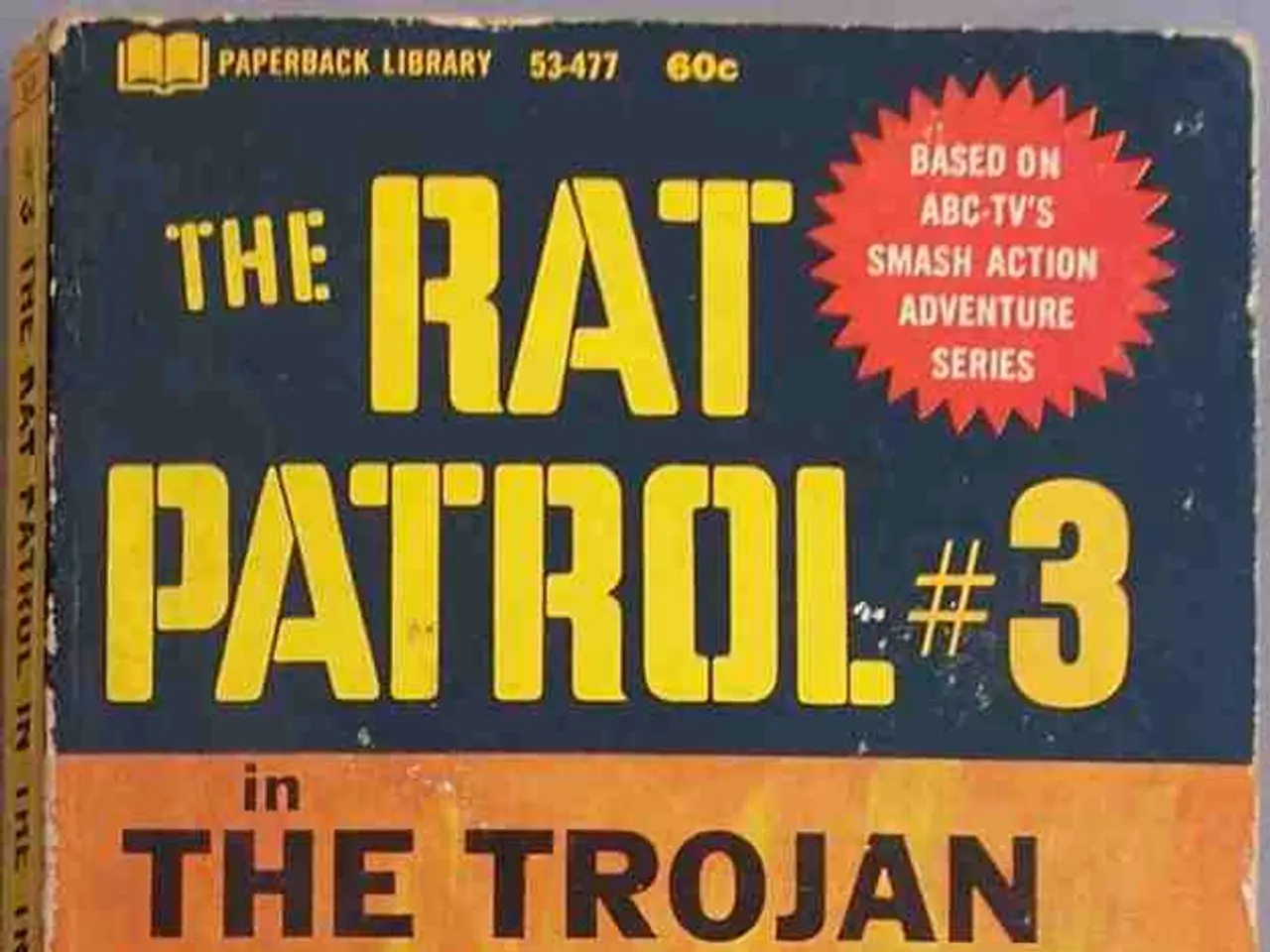'Andor' Successfully Winds Up Its Narrative
In the captivating final episodes of the Disney+ series, Andor, the storylines of various characters converge, tying directly into the key events of the Star Wars saga.
The series concludes Cassian Andor's arc, leading up to the pivotal months before Rogue One: A Star Wars Story. Cassian's transformation from a reluctant thief to a principled rebel spy is evident in his participation in crucial missions, such as the garrison infiltration and confronting betrayals. His heroic self-sacrifice in the finale embodies the theme of rebellion built on hope, a motif that carries through to Rogue One and the original trilogy.
Other characters' arcs also resonate with the larger Star Wars narrative. Figures like Luthen Rael, though not prominently featured in the films, are portrayed as unsung heroes, whose sacrifices support the rebellion from behind the scenes. The tragic ends of antagonists like Dedra Meero and Director Krennic underscore the cost of Imperial complicity and the morally grey nature of the galaxy's power struggles.
Andor enriches the Star Wars saga by providing deeper context for established events and characters, linking personal sacrifices and political intrigue directly to the origins and motivations of the rebellion seen in the original films.
Bail Organa's journey continues beyond Andor, appearing in Rogue One and A New Hope. The ending of Andor emphasizes the ongoing nature of the fight for many characters, such as Cassian and his loyal companion, K2.
The story of Cassian's sister remains unresolved, leaving some fans feeling frustrated by the lack of resolution. However, Kleya's end is a continuation of her legacy, providing her with a chance to flee and tell the Rebellion about the Death Star, carrying on Luthen's spirit as the Rebellion flourishes.
Luthen's work was isolatory by design, playing cells and operatives off each other. His final moments, filled with defiance and thematic significance, express his belief in the impact of his work on the Rebellion, even if he cannot know it himself. Luthen dies quietly, a testament to the sacrifices made by unsung heroes in the name of freedom.
Life goes on beyond the broad strokes of the Star Wars saga, with a whole texture of existence beneath the sweeping narrative. Characters like Leida, Kino Loy, Mon Mothma, Saw, and others have stories that continue elsewhere, leaving many paths open for potential spin-offs or future series.
In essence, Andor serves as a bridge, connecting the prequels to the original trilogy, and offering a fresh perspective on the galaxy far, far away. It reminds us that the fight for freedom is ongoing, and that every sacrifice counts in the grand scheme of things.
- Gizmodo's analysis of the Disney+ series, Andor, highlights its significance in the Star Wars saga, serving as a bridge that links the prequels to the original trilogy.
- As technology advances, I09 identifies Andor as a valuable addition to the Star Wars franchise, enriching the saga's narrative by providing deeper context for established events and characters.
- Television shows like Andor and streaming services like Disney+ can influence the future of popular entertainment, such as movies-and-tv, creating immersive storylines that resonate with fans and contribute to the ongoing narrative of franchises like Star Wars.








